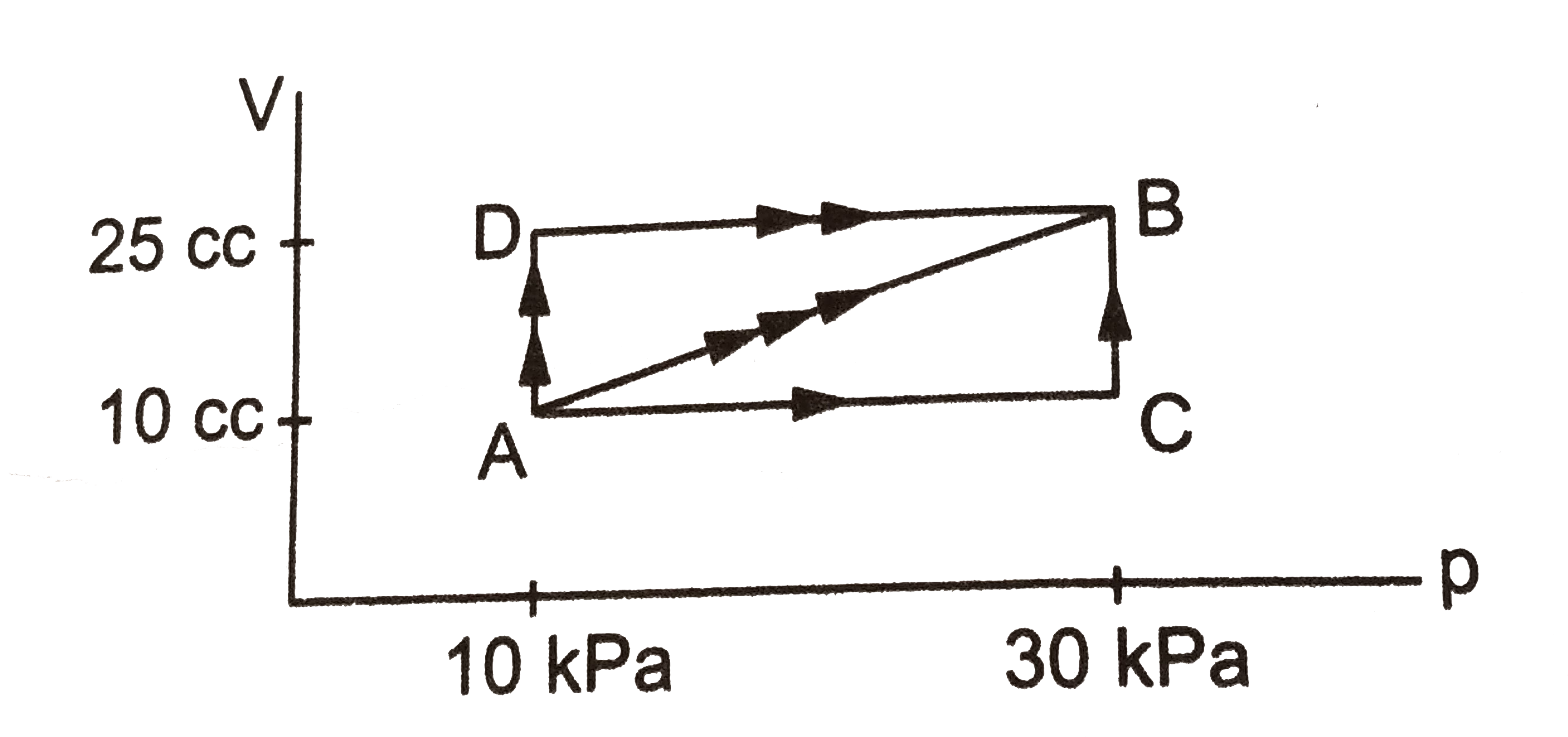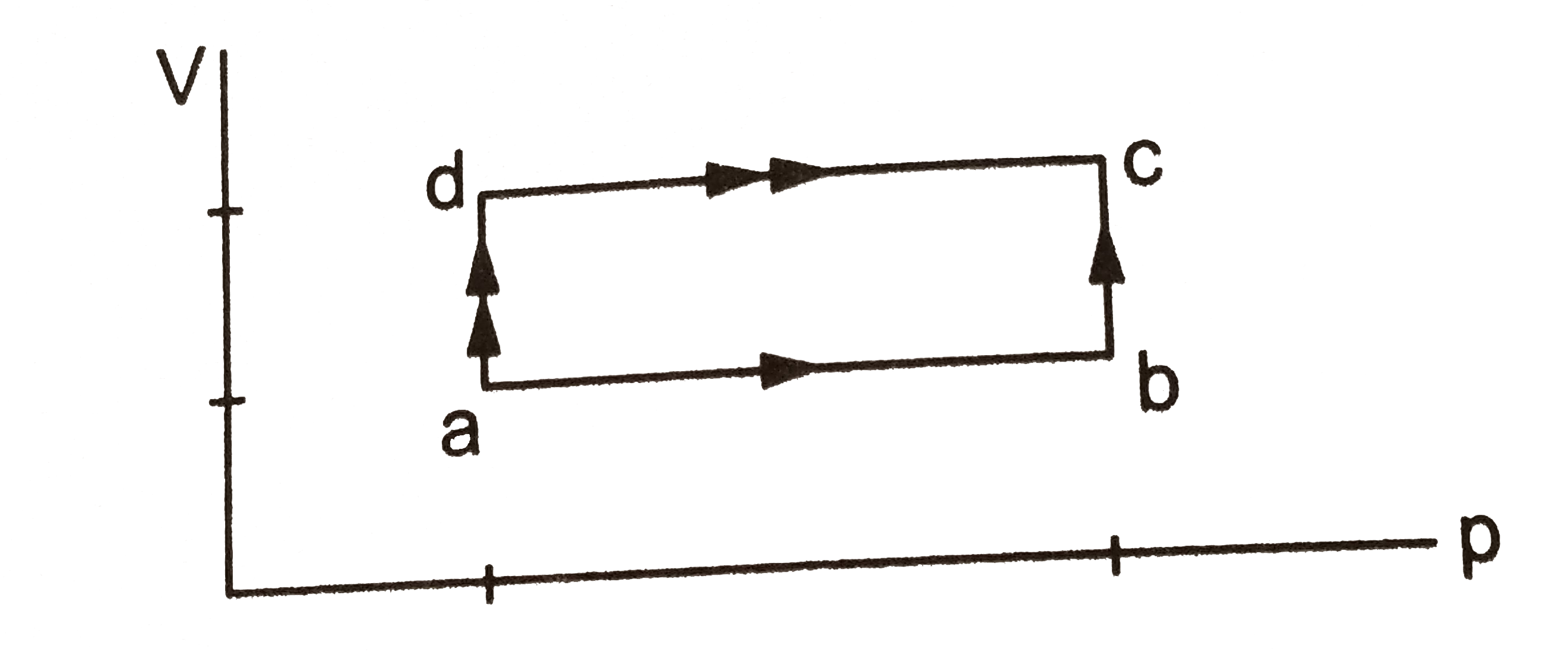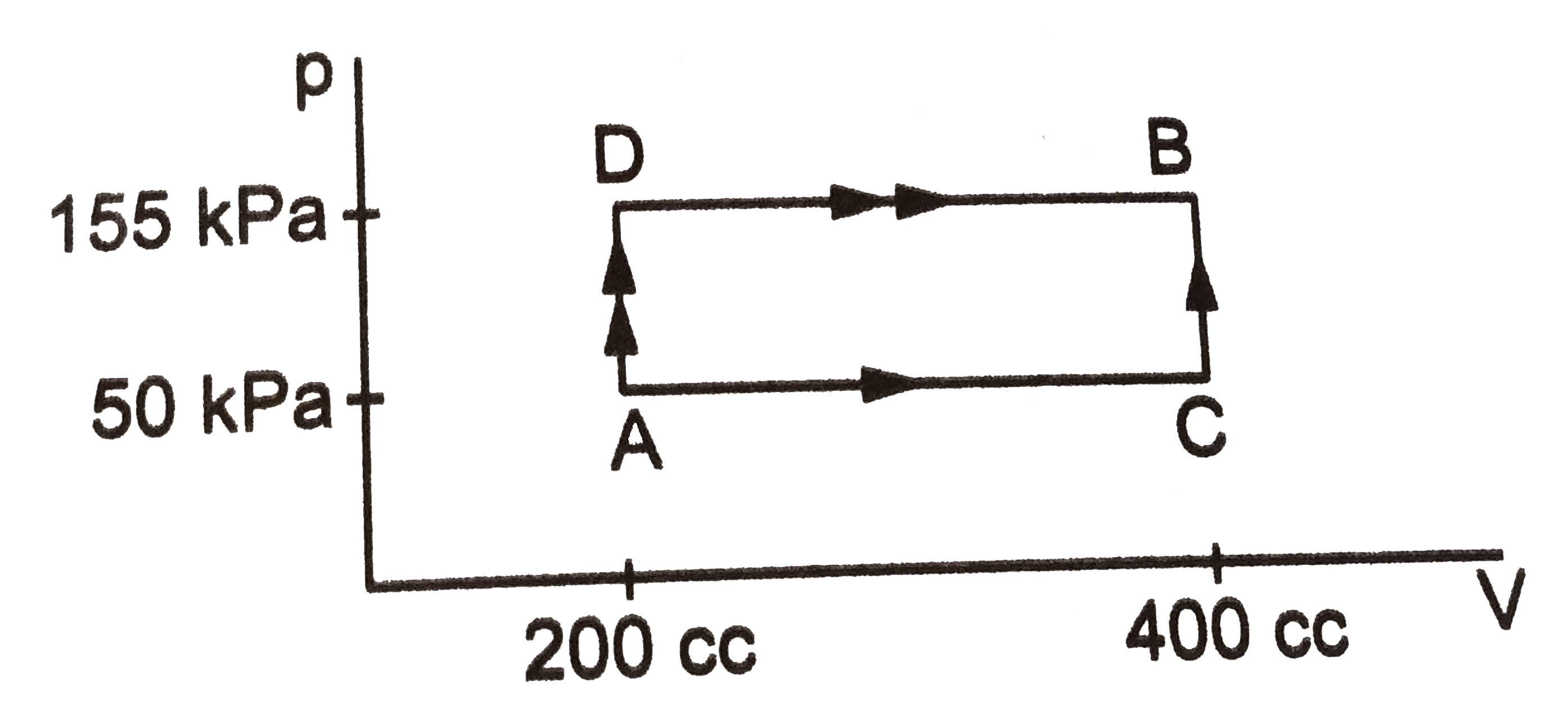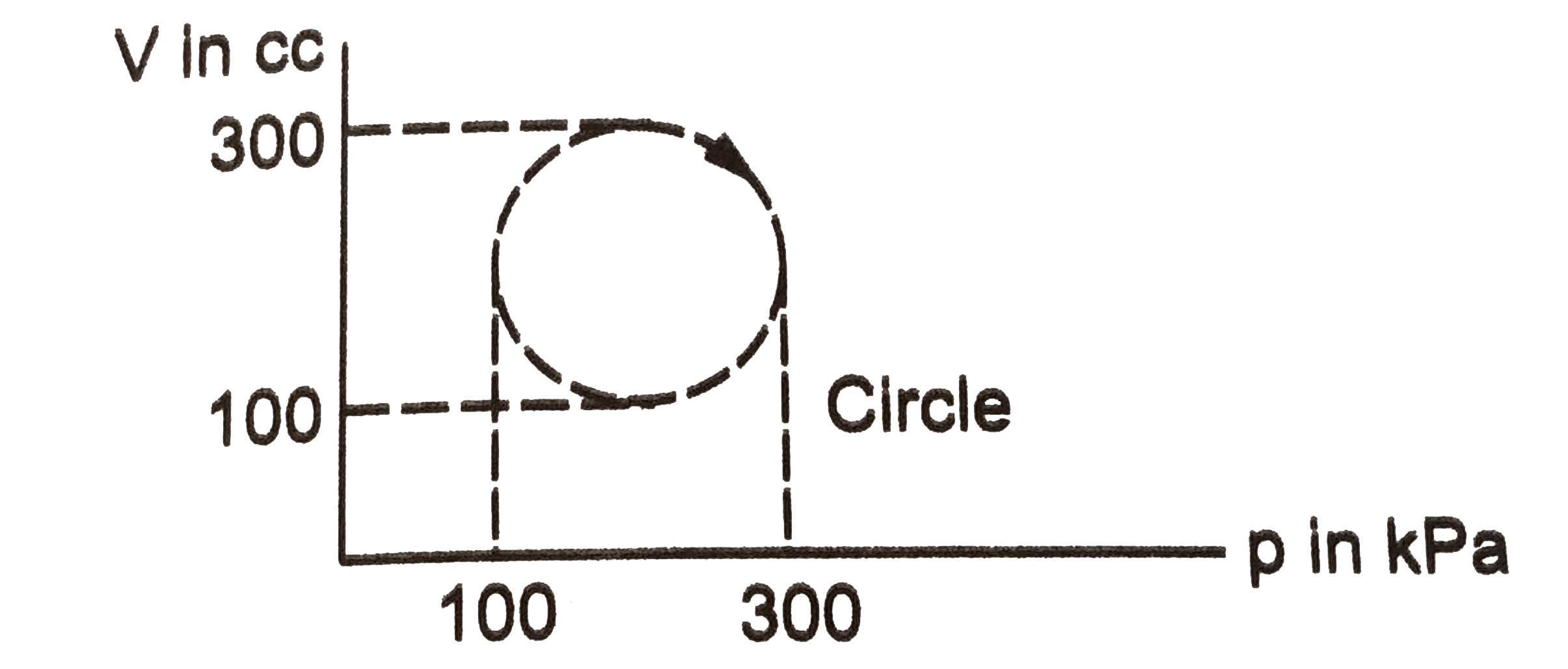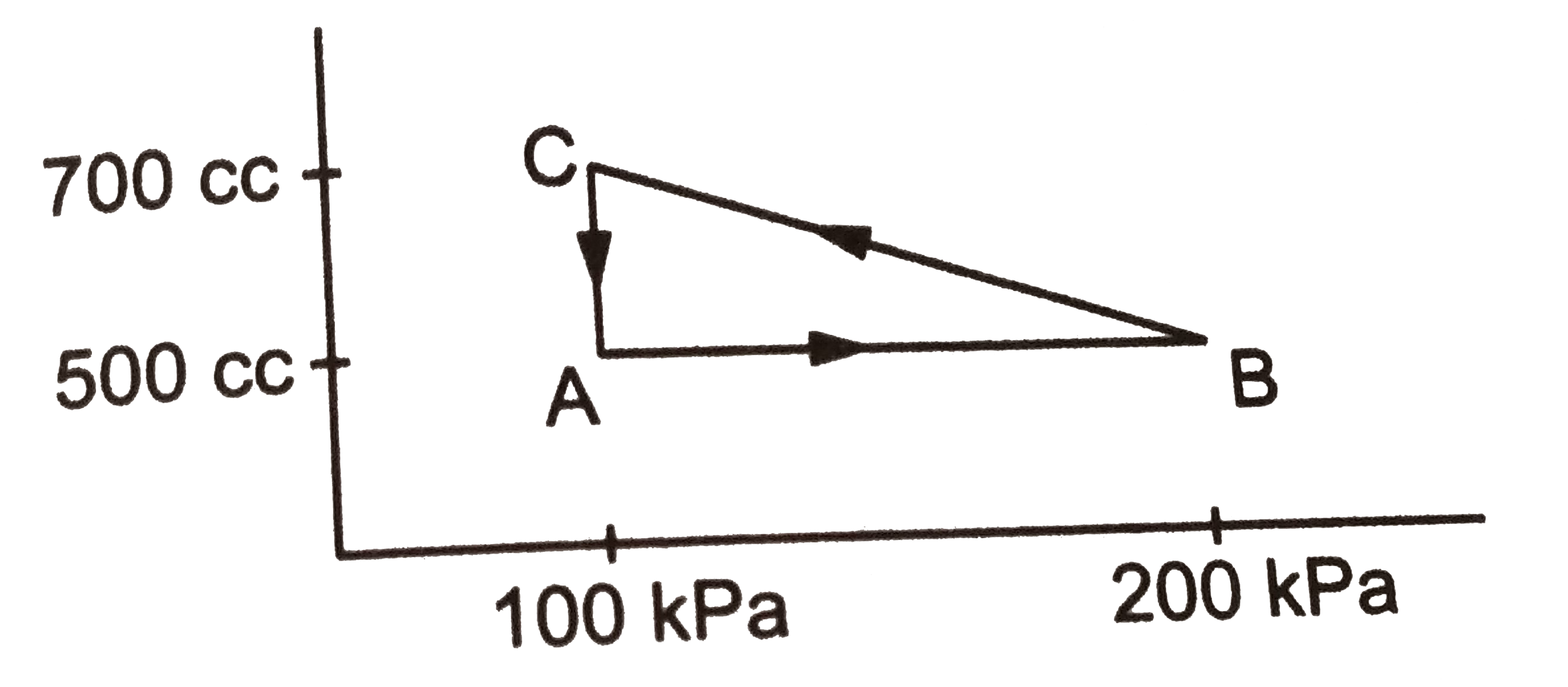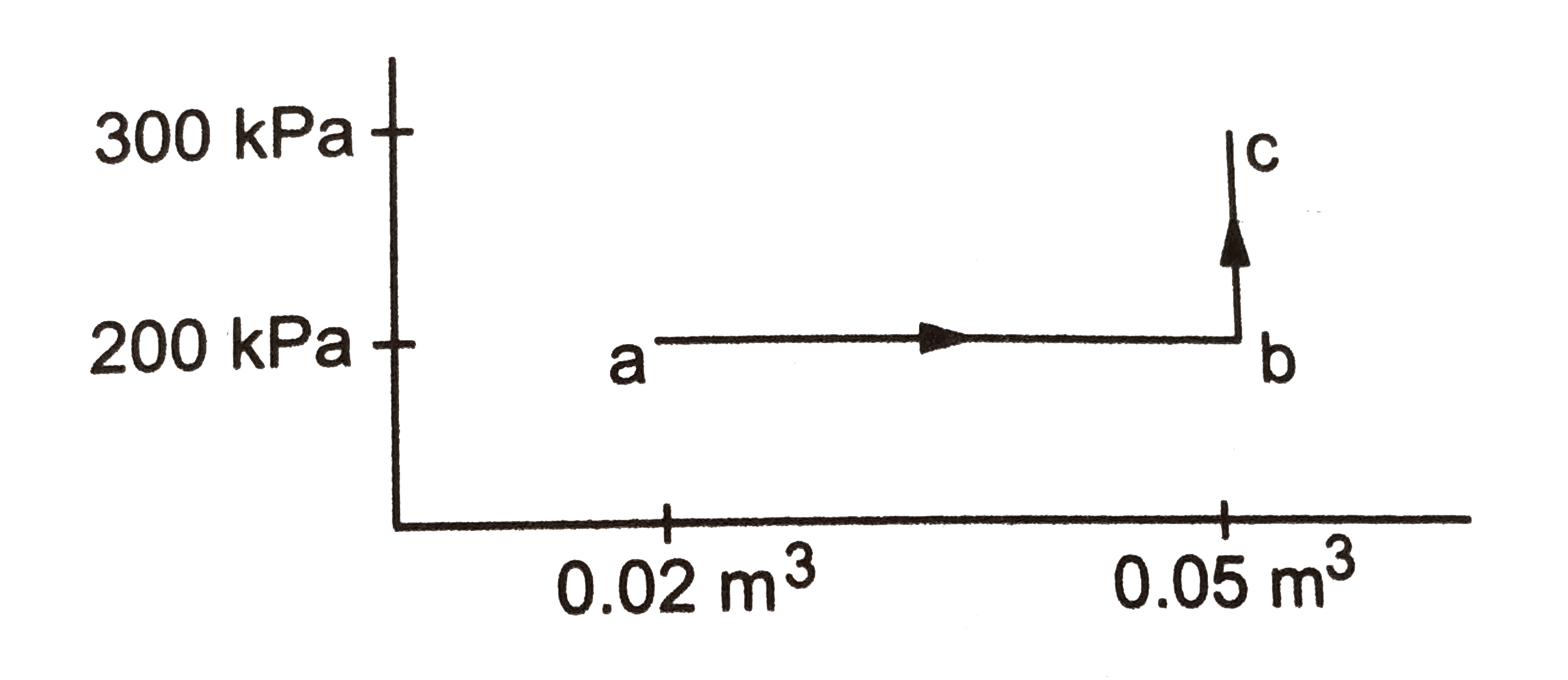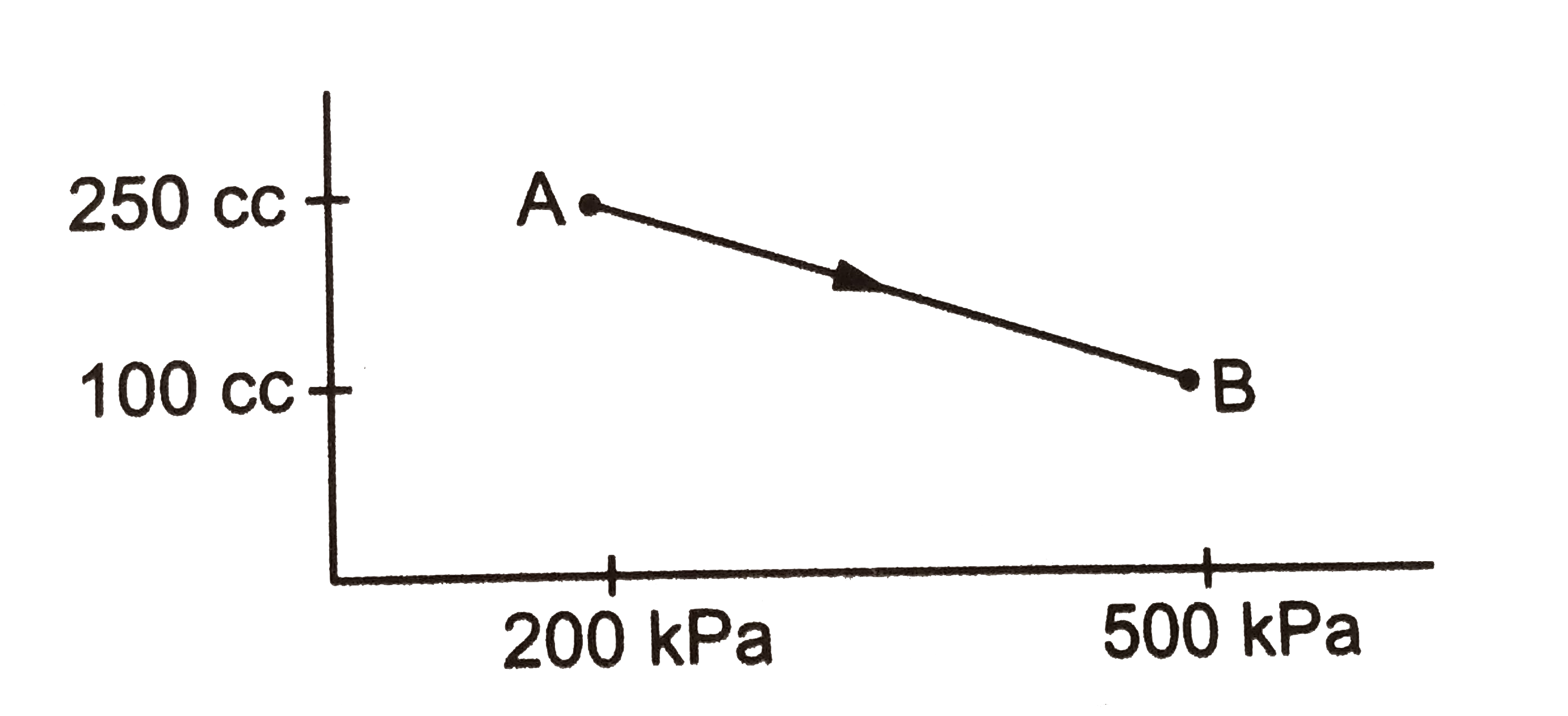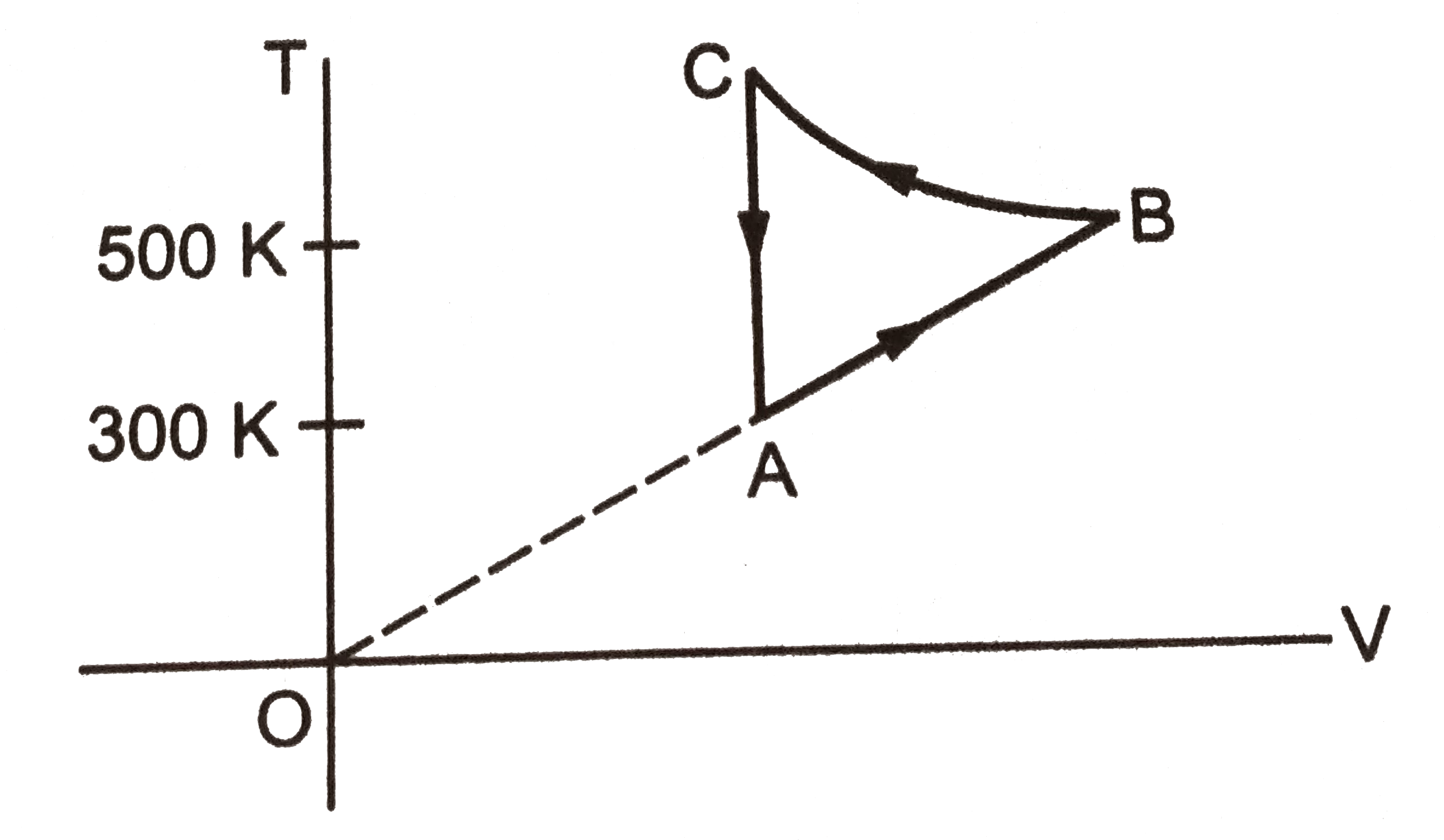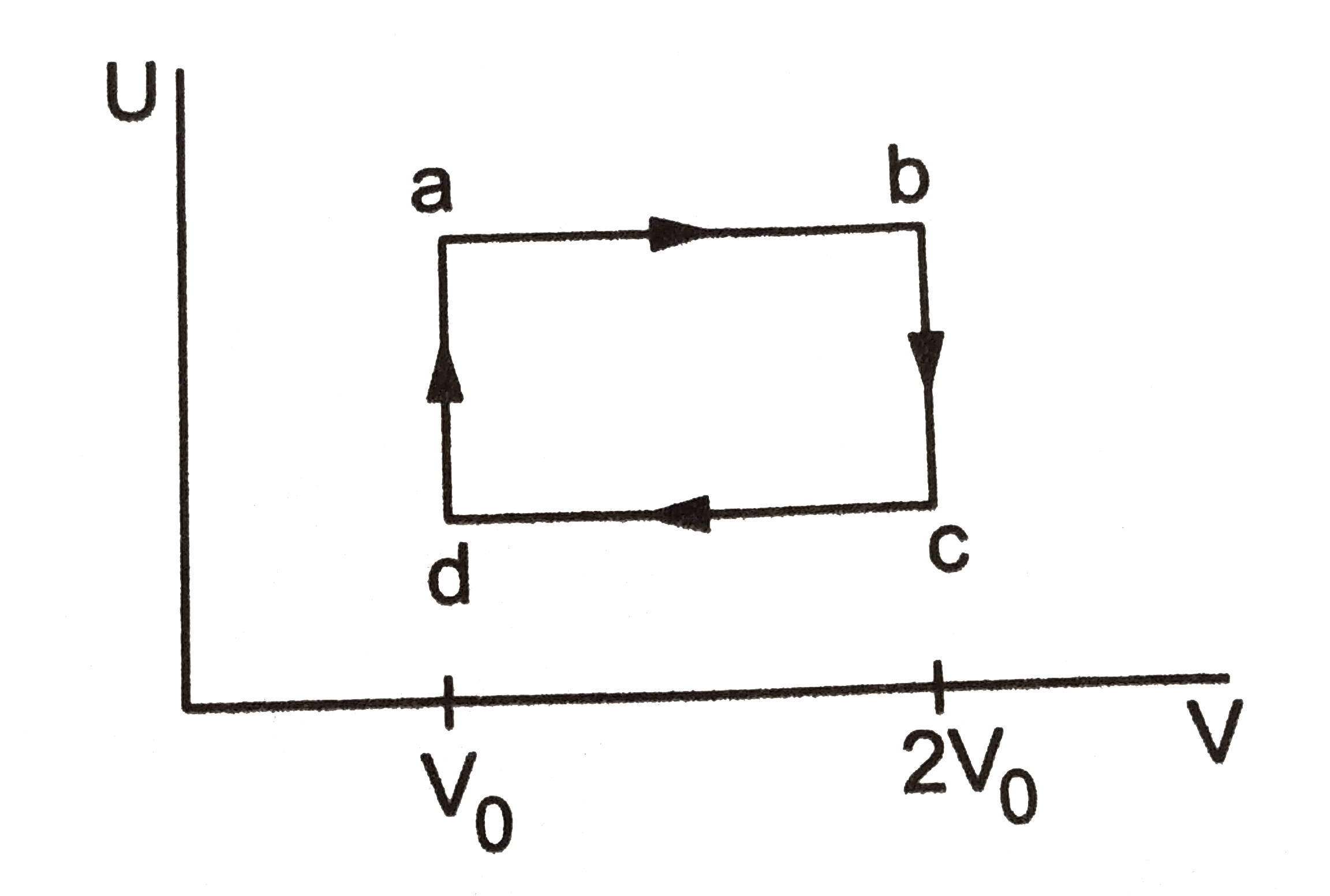Exercises from HC VERMA PHYSICS (ENGLISH) LAWS OF THERMODYNAMICS for Class 11
| Class 11 | PHYSICS |
| Chapter | LAWS OF THERMODYNAMICS |
| HC VERMA PHYSICS (ENGLISH) | Exercises |
| Medium | English |
| Academic Year | 2023-2024 |
Question 1
A thermally insulated, closed copper vessel contains water at 150C. When the vessel is shaken vigorously for 15 minutes, the temprature rises to 170C. The mass of the vessel is 100 g and that of the water is 200 g. the specific heat capacities of copper and water are 420Jkg−1K−1 and 4200Jkg−1K−1 respectively. negalect any thermal expansion.
(a) how much heat is transferred to the liquid-vessel system ?
(b)how much work has been done on this system?
(c ) how much is the increase in internal energy if the system ?View SolutionQuestion 2
Shows a peddle wheel couple to a mass of 12 kg through fixed frictionless pulley. The paddle is immersed in a liquid of heat capacity 4200JK−1 kept in an adiabatic container. Consider a time interval in which the 12 kg block falls slowly through 70cm. (a) how much heat is given to the liquid ? (b) how much work is done on the liquid? (c ) calculate the rise in the temperature of the liquid neglecting the heat capacity of the container and the paddle.
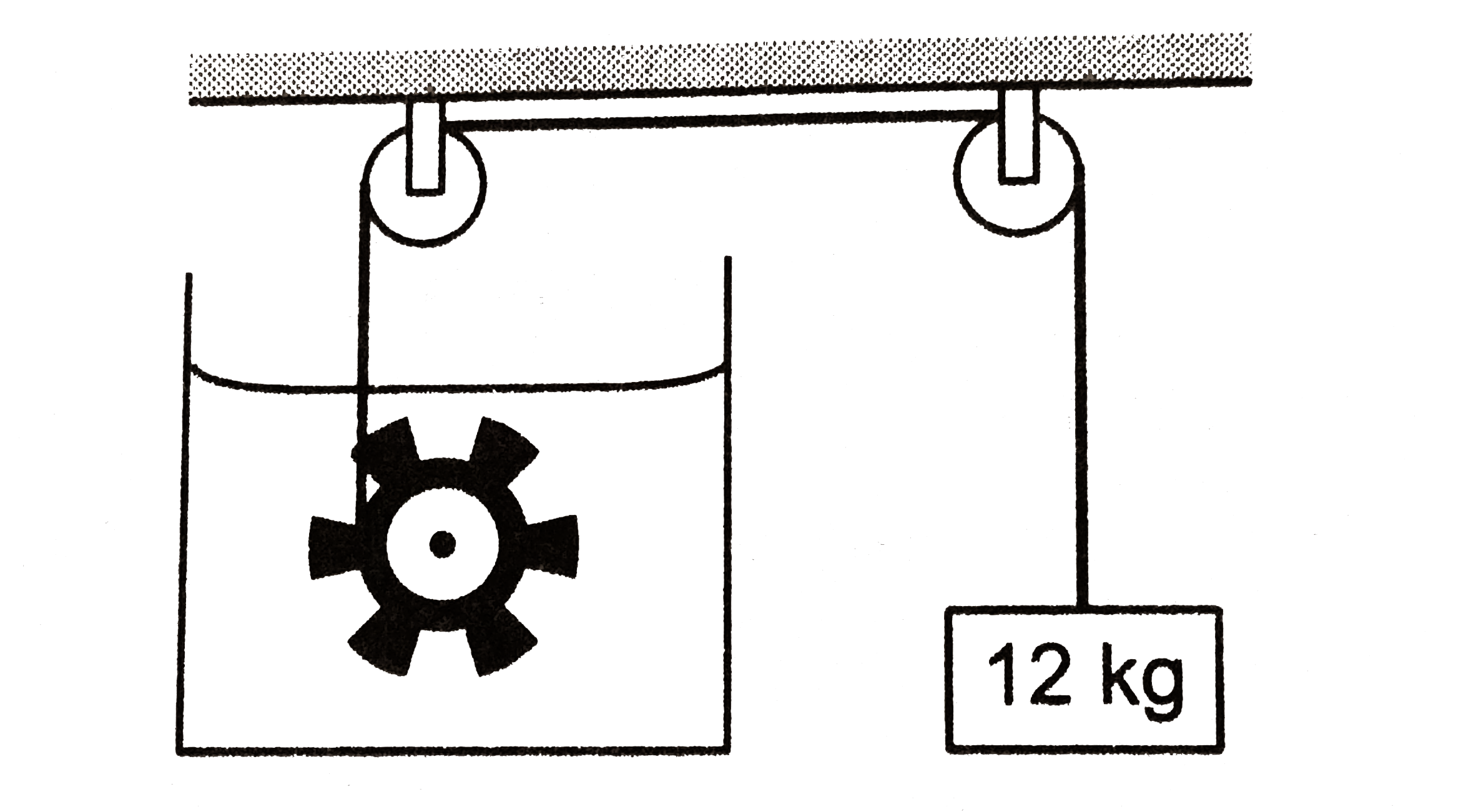 View Solution
View SolutionQuestion 3
A 100 kg block is started with a speed of 2.0ms−1 on a long, rough belt kept fixed in a horizontal position. The coefficient of kinetic friction between the block and the belt is 0.20. (a) calculate the change in the internal energy of the block-belt system as the block comes to a stop on the belt. (b) consider the situation from a frame of reference moving at 2.0ms−1 along the initial velocity of the block. as seen from this frame, the block is gently put on a moving belt and in due time the block starts moving with the belt at 2.0ms−1, calculate the increase in the kinetic energy of the block as it stops slipping past the belt. (c ) find the work done in this frame by the external force holding the belt. View SolutionQuestion 15
A gas is enclosed in a cylindrical vessel fitted with a frictionless piston.the gas is slowly heated for some time. During the process, 10 J of heat is supplied and the piston is found to move out 10cm. Find the increase in the internal energy of the gas, the area of cross section of the cylinder=4cm2 and the atmospheric pressure =100kPa. View SolutionQuestion 16
A gas is initially at a pressure of 100 kPa and its volume is 2.0m3. Its pressure is kept constant and the volume is changed from 2.0m3→2.53. Its volume is now kept constant and the pressure is increased from 100 kPa to 200 kPa. The gas is brought back to its initial state, the pressure varying linearly with its volume. (a) whether the heat is supplied to or exterted from the gas in the complete cycle ? (b) how much heat was supplied or extracted ?View SolutionQuestion 21
Fig shows a cylindrical tube of volume V with adiabatic walls containing an ideal gas. The internal energy of this ideal gas is given by 1.5nRT. The tube is divided into two equal parts by a fixed diathermic wall. Initially, the pressure and the temperature are p1,T1 on the left and p2,T2 on the right. the system is left for sufficient time so that the temperature becomes equal on the two sides. (a) how much work has been done by the gas on the left part ? (b) find the final pressures on the two sides. (c ) find the final equilibrium temperature. (d) how much heat has flown from the gas on the right to the gas on the left ?
 View Solution
View SolutionQuestion 22
An adiabatic vessel of total volume V is divided into two equal parts by a conducting separator. The separator is fixed in this position. The part on the left contains one mole of an ideal gas (U=1.5nRT) and the part on the right contains two moles of the same gas. initially, the pressure on each side is p. the system is left for sufficient time so that a steady state is reached. find (a) the work done by the gas in the left part during the process, (b) the temperature on the two sides in the beginning, (c ) the final common temperature reached by the gases, (d) the heat given to the gas in the right part and (e) the increase in the internal energy of the gas in the left part.View Solution
